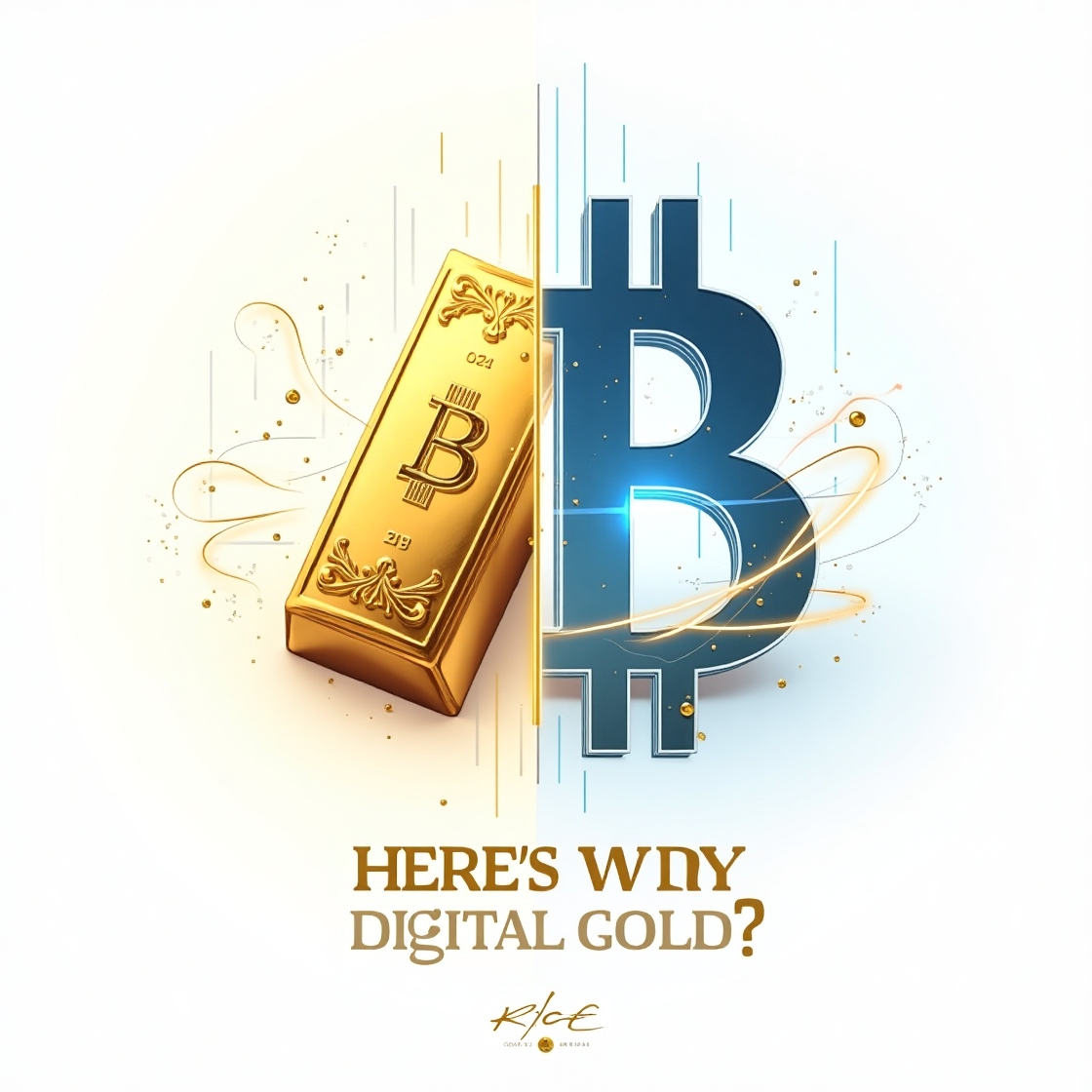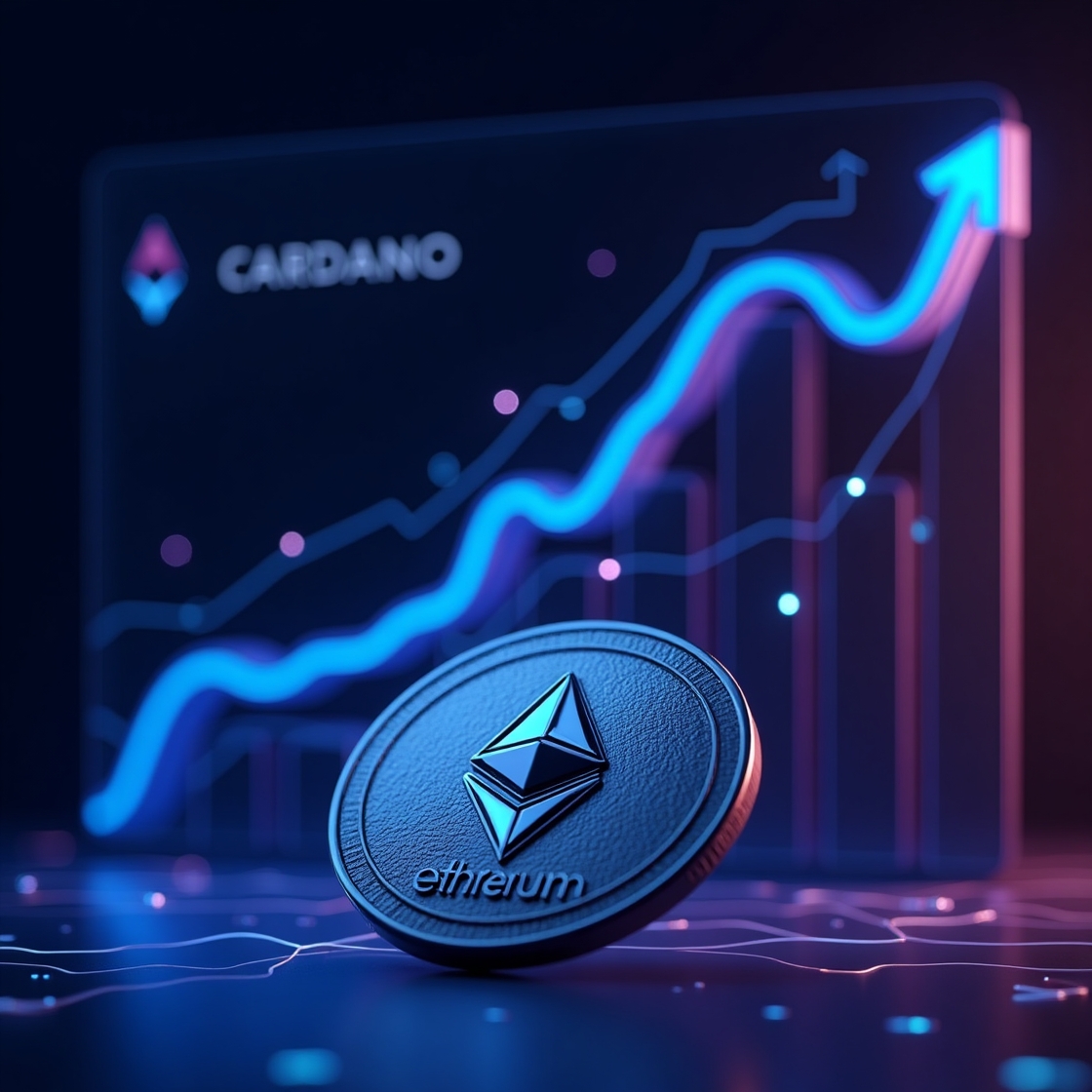Is Bitcoin the New Digital Gold? Here’s What Investors Are Saying
Is Bitcoin the New Digital Gold? Here’s What Investors Are Saying
Over the past decade, Bitcoin has evolved from a niche tech experiment to one of the most talked-about financial assets in the world. With a market capitalization in the hundreds of billions and a global community of investors, the cryptocurrency has earned the nickname “digital gold.” But is that comparison truly accurate? Can Bitcoin really play the same role in a portfolio as physical gold? Here’s what investors and analysts are saying.
The Birth of the “Digital Gold” Narrative
The concept of Bitcoin as digital gold isn’t new. Since its early days, many advocates have drawn parallels between the cryptocurrency and gold for one key reason: scarcity. Unlike fiat currencies that central banks can print at will, Bitcoin has a fixed supply of 21 million coins. This programmed limit is fundamental for those who view it as a store of value—a trait long associated with gold.
Both Bitcoin and gold also share another feature: they are independent of central authorities. Neither is issued or controlled by a government, which gives them a kind of immunity from political interference and monetary manipulation.
Volatility vs. Stability
One of the most common criticisms of the digital gold thesis is Bitcoin’s extreme price volatility. Gold has historically been seen as a relatively stable asset, a safe haven during times of crisis. Bitcoin, on the other hand, has experienced price swings of up to 80% in short periods.
However, some investors argue that this volatility is simply part of Bitcoin’s maturation process. “When gold first began trading freely, it also saw sharp movements,” says Michael Saylor, outspoken Bitcoin advocate and CEO of MicroStrategy. “Over time, as more institutions adopt Bitcoin and liquidity increases, volatility will likely decrease.”
Institutional Embrace
Bitcoin has gained significant legitimacy in recent years thanks to growing institutional interest. Major firms like BlackRock, Fidelity, and Goldman Sachs have launched crypto-related products or expressed openness to including Bitcoin in diversified portfolios.
Larry Fink, CEO of BlackRock, has gone as far as to suggest Bitcoin could become a global store of value. “We’re seeing rising institutional demand for Bitcoin exposure, and that’s a clear sign the digital gold narrative is gaining traction,” he said.
Moreover, with the approval of spot Bitcoin ETFs in some countries, accessing the asset has become easier than ever for traditional investors, further bolstering its standing as a serious financial instrument.
Bitcoin in Times of Crisis
Perhaps the best time to evaluate Bitcoin’s role as digital gold is during periods of economic or geopolitical turmoil. In recent years, as inflation surged or local currencies depreciated in countries like Venezuela, Argentina, or Turkey, Bitcoin use and interest have spiked.
While its short-term price may be affected by global uncertainty, many investors see Bitcoin as long-term protection against inflation and the erosion of purchasing power. Unlike physical gold, Bitcoin is portable, divisible, and can be stored digitally—making it particularly well-suited to a more connected, digital world.
Criticism and Challenges
Still, not everyone is convinced. High-profile critics like Warren Buffett have dismissed Bitcoin as an asset with “no intrinsic value,” pointing out that it doesn’t generate income like a stock or bond. There are also regulatory concerns, security risks, and the possibility of new technologies displacing Bitcoin in the future.
Environmental concerns are also a major topic. The energy consumption involved in Bitcoin mining—the process by which new coins are created and transactions verified—is significant. Although there’s a growing push for renewable energy solutions, this remains a sticking point for many ethically minded investors.
How Are Investors Using Bitcoin?
For some, Bitcoin is still a high-risk, high-reward speculation. But for an increasing number of investors, particularly those worried about inflation or fiat instability, Bitcoin is beginning to serve as a store of value.
Many diversified portfolios now include a small allocation to Bitcoin—often between 1% and 5%—as a hedge against traditional market dynamics. This strategy indicates that even if Bitcoin doesn’t fully replace gold, it can certainly complement it.
Conclusion: The Gold of the 21st Century?
Bitcoin may still be far from matching gold in terms of stability, acceptance, and market size, but it is making steady progress. Its built-in scarcity, portability, and decentralized nature make it an appealing alternative for a new generation of digital-native investors.
Whether or not Bitcoin ultimately becomes the “new digital gold” remains to be seen. But one thing is certain: it has fundamentally reshaped the way we think about money, value, and investment. As technology advances and institutional adoption grows, Bitcoin’s role in the global economy is likely to expand—even if it continues to stir debate.




Post Comment